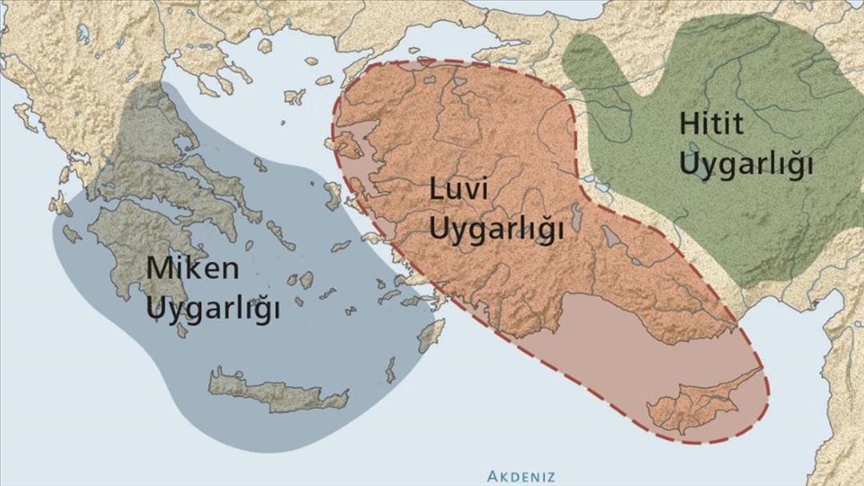
The Luvi Research Foundation has published data on 483 settlements from the Bronze Age in Western Anatolia
The Luvi Research Foundation, based in Switzerland, has released a new open-access database and interactive map providing comprehensive information on 483 significant settlements dating to the Middle and Late Bronze Age in Western Anatolia. The study titled “An Interactive Look at the Bronze Age” includes detailed information such as the names of archaeological sites and
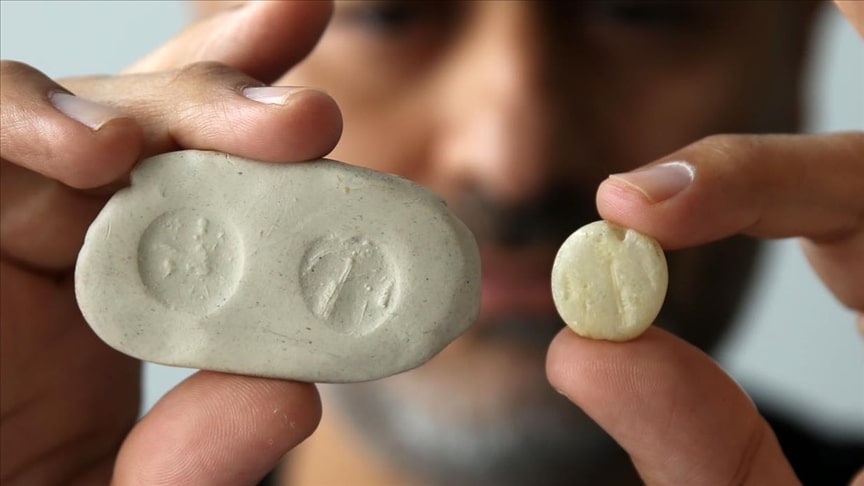
A seal belonging to an Assyrian noble was found at Kef Castle, which was built by the Urartians
During ongoing excavations at the ancient Kef Castle, built at an altitude of 2,300 meters by Urartian King II. Rusa, a seal belonging to an Assyrian noble was found. Kef Castle is located in Bitlis province in eastern Türkiye. It was built by King II. Rusa, who reigned between 685 and 645 BC. During his

The Roman Embrace Stone, believed to grant wishes and bring healing
Embrace Stone, the symbolized structure of the small and charming city of Çankırı in Central Anatolia, has been a mysterious site that has captivated the curiosity of both locals and visitors for centuries. The heart-shaped hollow on its surface and the legends surrounding it have contributed to the stone’s mystical aura. However, it is quite
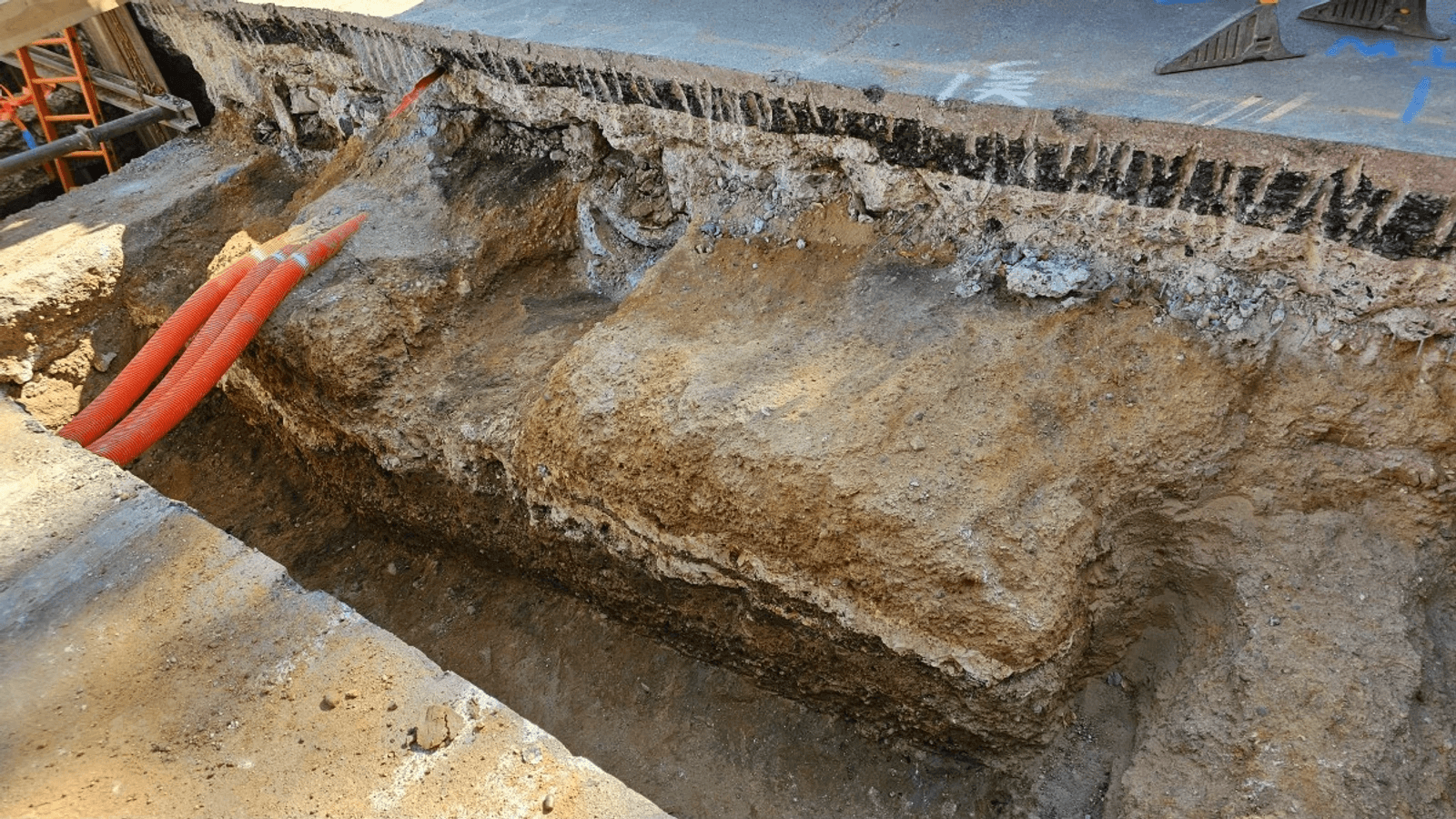
Part of one of Britain’s most important Roman roads unearthed under London’s Old Kent Road
A section of Roman road, part of one of the most important roads built in Roman times, has been unearthed beneath Old Kent Road in south-east London. The 2,000-year-old road, known as Watling Street, was part of a route from the ancient Roman port at Dover through London to the West Midlands. Regarded as one
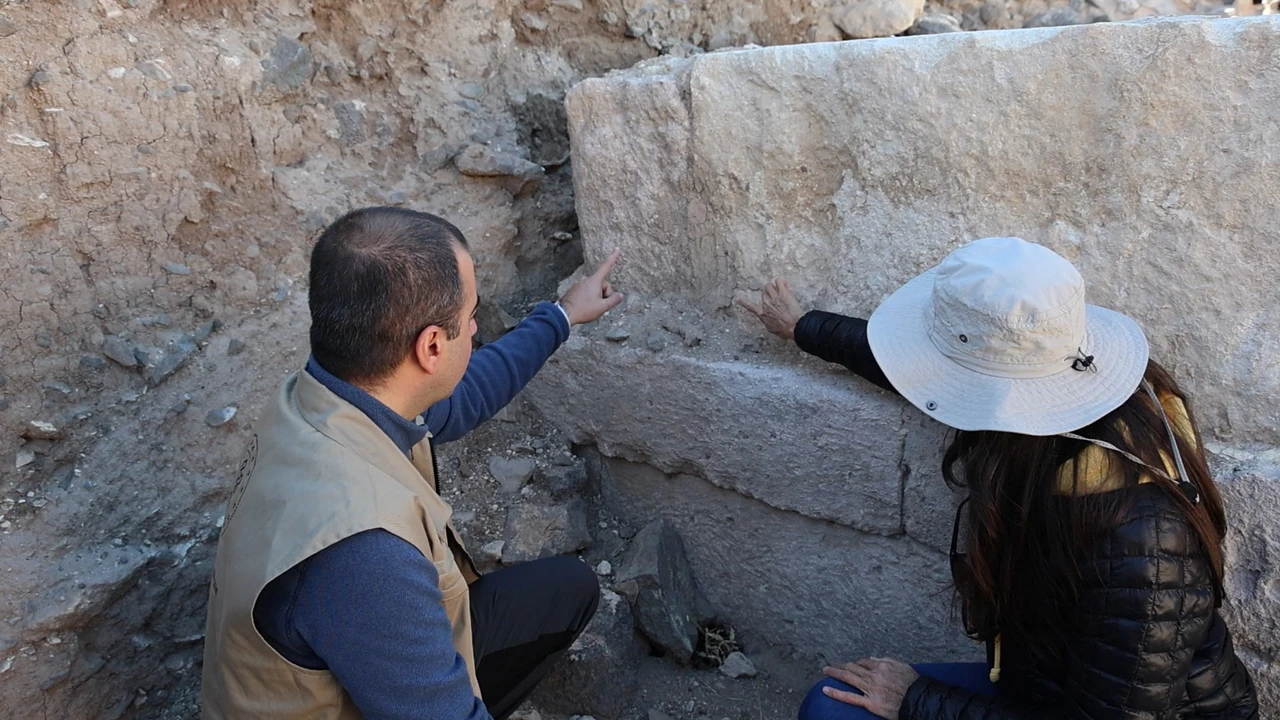
2,200-year-old fingerprints found in a burial chamber in Cappadocia
In Cappadocia, known as the land of beautiful horses, 2,200-year-old fingerprints were found during excavations in a burial chamber. Cappadocia is a region in the Central Anatolia Region of Türkiye, world-renowned for its unique natural and historical beauty. It is famous for its fairy chimneys formed by the erosion of soft tuff layers formed by
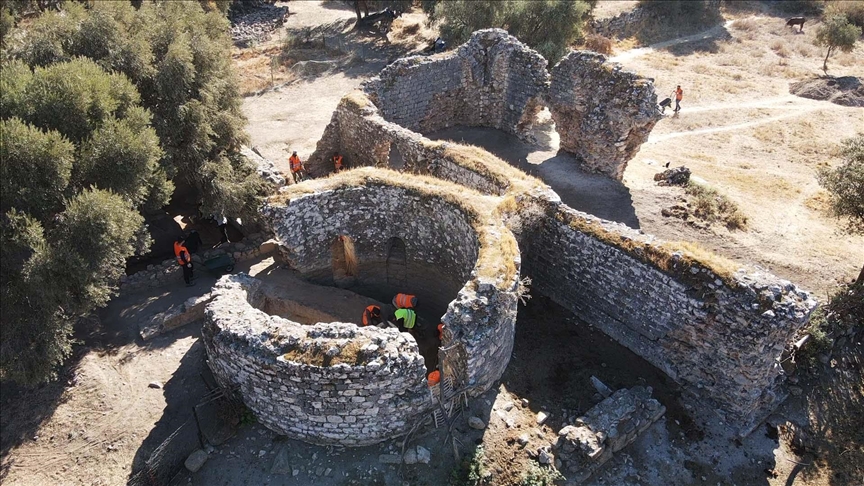
The only remaining structure of Herakleia, the Roman Bath, has begun excavation
Archaeological excavations have begun at the Roman Bath, the only remaining structure of the ancient city of Herakleia, named after the hero Heracles from Greek mythology. Herakleia was established on the shores of the Latmos Gulf, an extension of the Aegean Sea. It is located near the village of Kapıkırı in the Milas district of
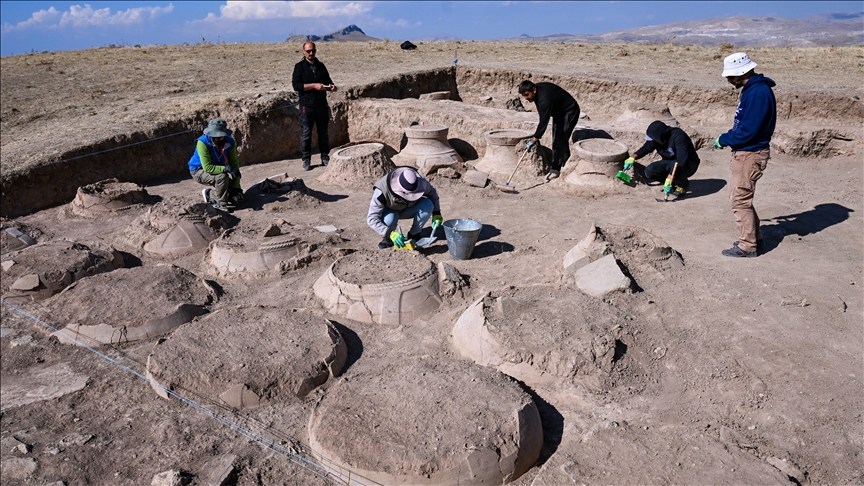
Dozens of cuneiform inscribed pithoi belonging to the Urartians were found at the foothills of Mount Erek
In the easternmost part of Türkiye, in the İpekyolu district of Van, archaeological excavations at the castle ruins on the foothills of Mount Erek have uncovered cuneiform inscribed pithoi used for storing oil, grain, and beverages during the Urartian period. The castle ruins, which are considered one of the important settlement sites of the Urartians
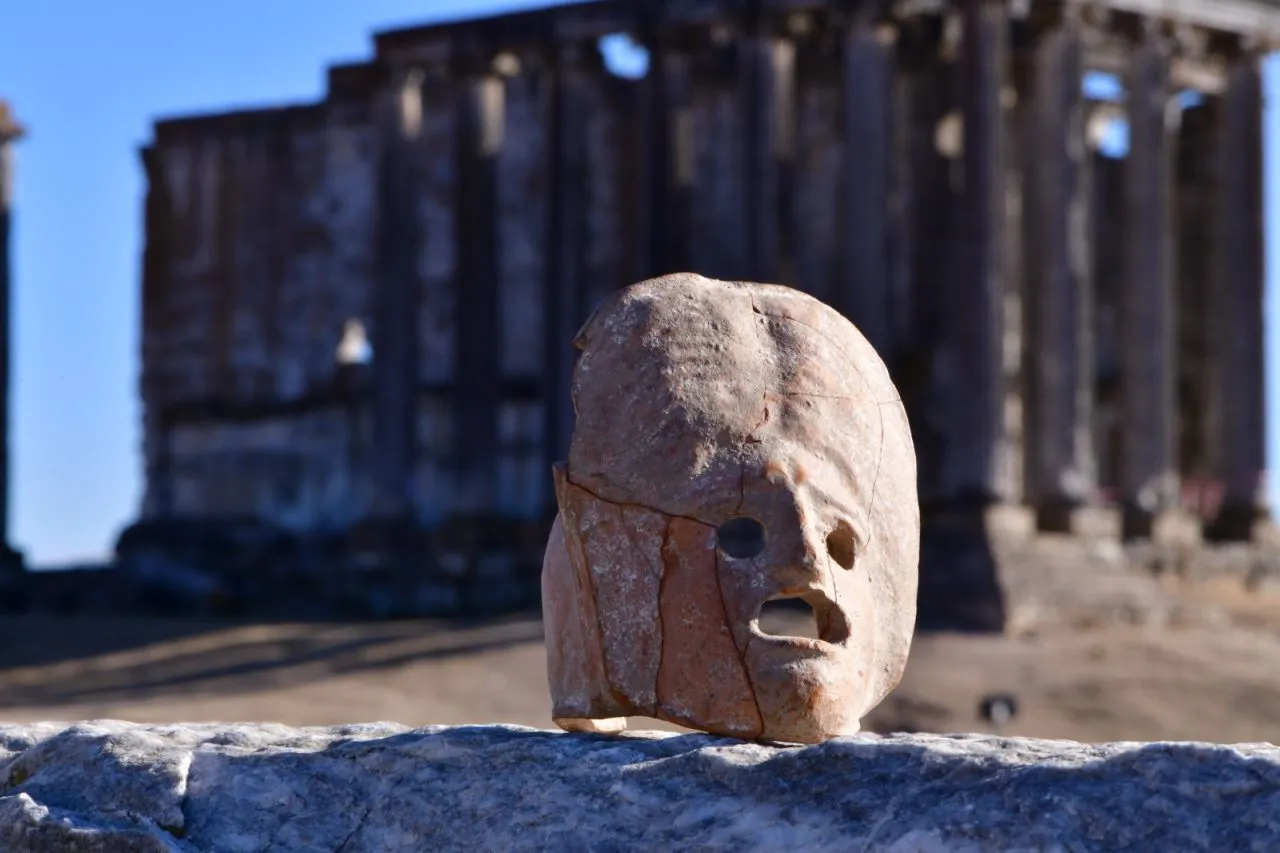
A theater mask made of 2000-year-old soil was found in Aizanoi, also known as ‘Second Ephesus’
In the Çavdarhisar district of Kütahya, in the ancient city of Aizanoi, also known as A theater mask made of 2000-year-old soil was found in Aizanoi, also known as ‘Second Ephesus,’ which dates back to the 3rd century BC, a theater mask made of 2000-year-old soil was found. Aizanoi, dedicated to Zeus, one of the
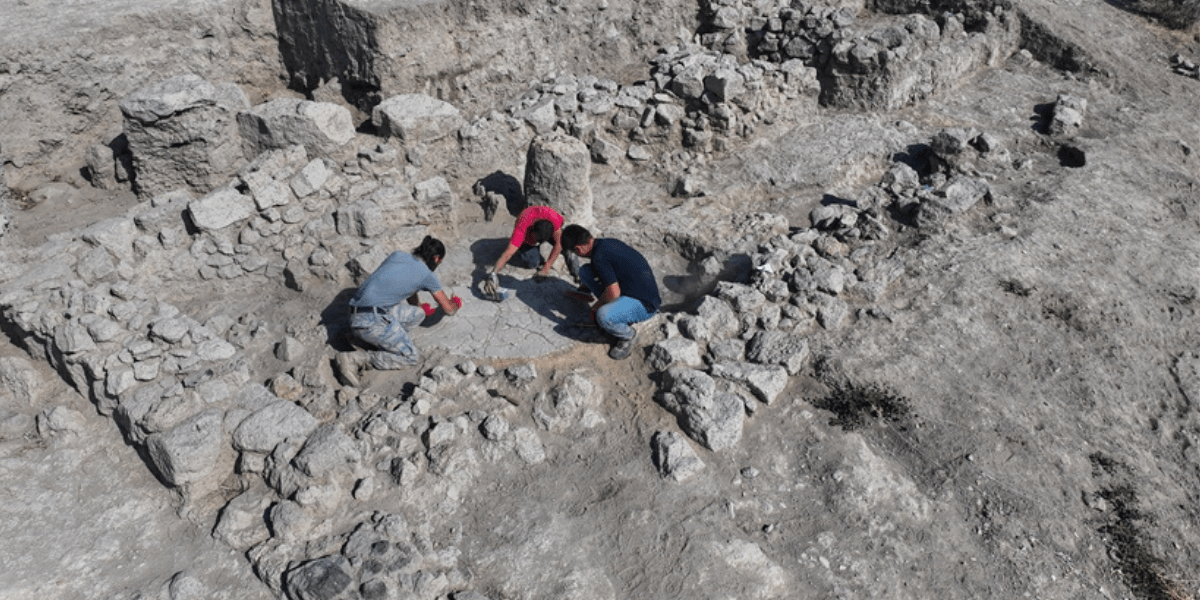
At Tatarlı Höyük, a structure from the Middle Bronze Age with a plastered floor has been uncovered
Archaeologists have uncovered a structure with a plastered floor from the Middle Ages at Tatarlı Höyük in the Ceyhan district of Adana. Tatarlı Höyük has experienced continuous settlement from the Neolithic period to the Roman period. Its proximity to the Amanos Mountains and control over natural passes have made Tatarlı Höyük an important trade and
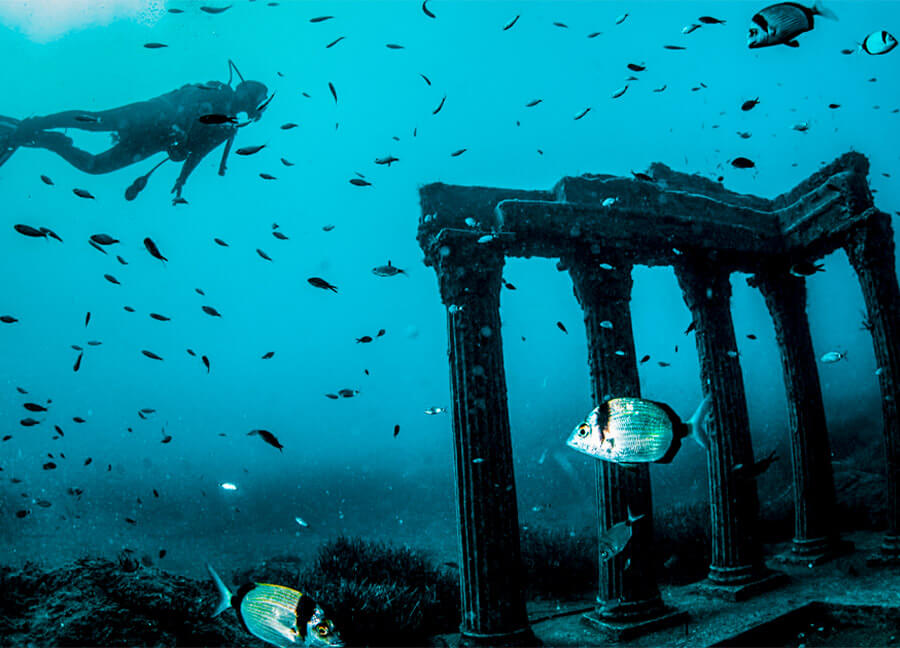
Türkiye’s first underwater museum “Side Underwater Museum”
Side Underwater Museum is Türkiye’s first underwater museum, located in the Side holiday resort of Antalya’s Manavgat district, projected by the Antalya branch of the Chamber of Shipping, 1.5 miles off the coast and at an average depth of 12 to 20 meters. It is a museum where 117 sculptures, determined as 5 different themes
